Cars From the 1990s Are Selling Fast and Furious. Bring a Trailer’s Co-Founder Explains Why.

At a time when new online-auction sites continue to flood the collector-car market, it’s easy to forget how innovative the idea was not that long ago. In 2007, Randy Nonnenberg co-founded Bring a Trailer, a pioneer of the model that has only seemed to grow more popular despite the return of in-person bidding.
Interestingly, cars just a decade or so older than Bring a Trailer are also becoming all the rave with enthusiasts. The auction site has seen an 82 percent increase in value for vehicles from the 1990s, and that’s in the last two years alone. During that time span, the platform has also had a 128 percent boost in the number of those cars successfully crossing the virtual auction block. Recently, Nonnenberg gave Robb Report the backstory on how Bring a Trailer was founded and shared some insight on why automobiles from the 1990s are fueling a buying frenzy.
More from Robb Report
Car of the Week: This Jaw-Dropping 1960 Maserati Convertible Is Heading to Auction
The Nissan 300ZX Tom Cruise Raced in the 1980s Is up for Auction
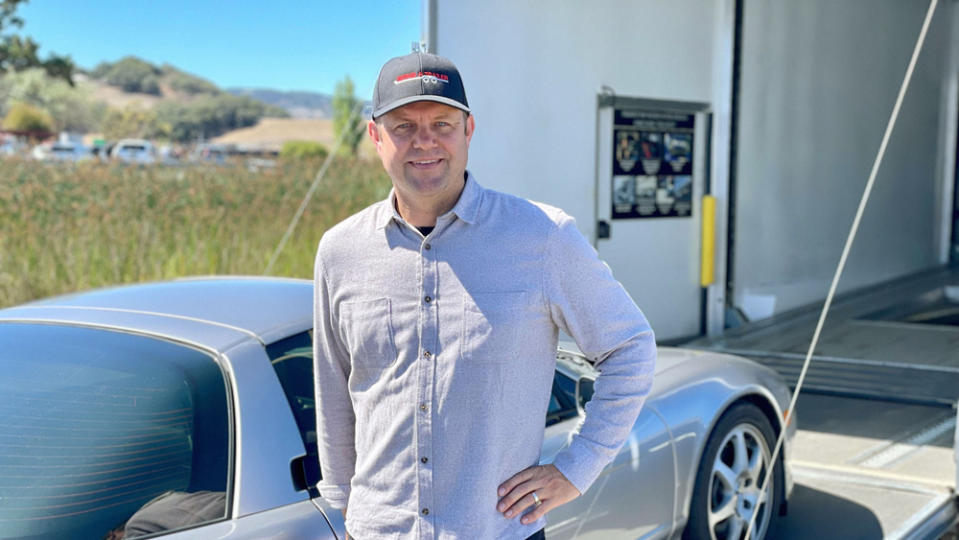
What was the inspiration behind Bring a Trailer, and how did you bring the concept to fruition?
Even as a kid, I had this obsession with looking for, and finding, interesting cars available for sale, searching classified ads and magazines—treasure hunting. Then, call it 1998 to 2008, everything shifted online, but it was really fragmented and crazy. There was eBay and Craigslist, but finding the good stuff meant sifting through all sorts of bad stuff; you would have to look at 100 terrible listings before you found one that you thought was actually kind of neat and worth talking about. And I did that as a pastime, as I didn’t have much money to spend on cars.
It [Bring a Trailer] was a combination of my co-founder’s experience in the technology world and mine in cars. He suggested putting what I find in one place, a sort of greatest hits of the internet. And people, it turned out, liked that.
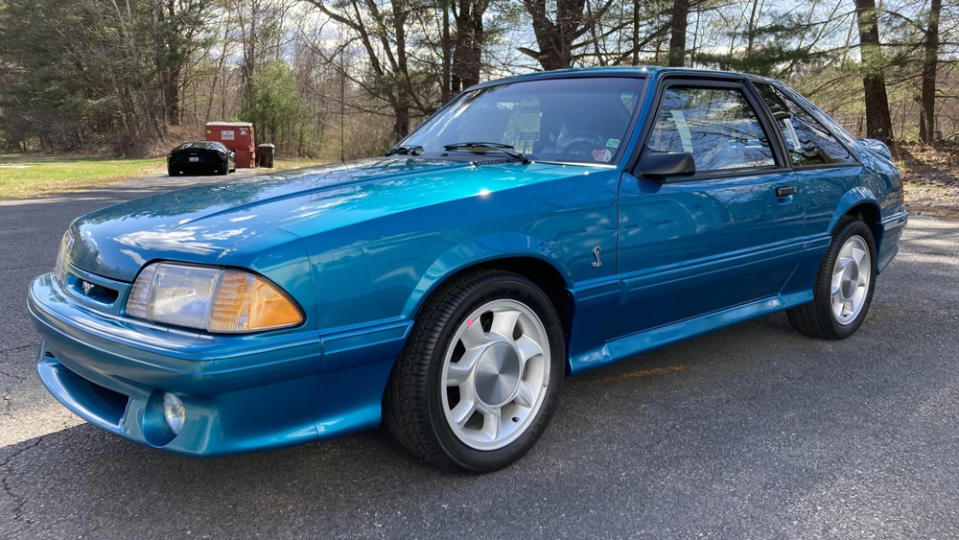
How would you define the platform’s trajectory as far as success?
I joke that it was a 15-year overnight success. There wasn’t any revenue for the first several years, until we figured out how to get a bit of an audience. Once there was a little momentum, people started asking, “hey, instead of begging you to feature my car that’s on Craigslist, can I just send you one that you could list?” And so we came up with a very rudimentary listing fee. It takes a long time to build community and trust on the internet, you can’t just do it right away. We did it by taking the long road, and it turned into the kind of consistency that people want to believe in.
Explain your vetting process.
It’s very different than it was in the early days, which was just me surfing the internet finding my favorites. Now we have this tidal wave of people who want to use the service, and we get many submissions, so it takes a team of folks to vet them. There’s long been this debate about what a Bring a Trailer car is. Again, in the early days, it had to be something very rare and unusual. But it turns out that the BaT model works for supercars and daily drivers. We’ve had to evolve our thinking about what “special” means?
The vetting, or what we call the “curation” of the listings, is based around the vehicle itself but also factors in the seller. How communicative, helpful, descriptive and open are they when we ask them questions? If we email the seller a couple of questions about their car, and they don’t respond, or get angry or disappear, they are not good for the marketplace. Those sellers and their vehicles get purged. It’s people, it’s obviously the price we think the market will bear and then the quality and type of vehicle, which can be a wider range than many might expect.
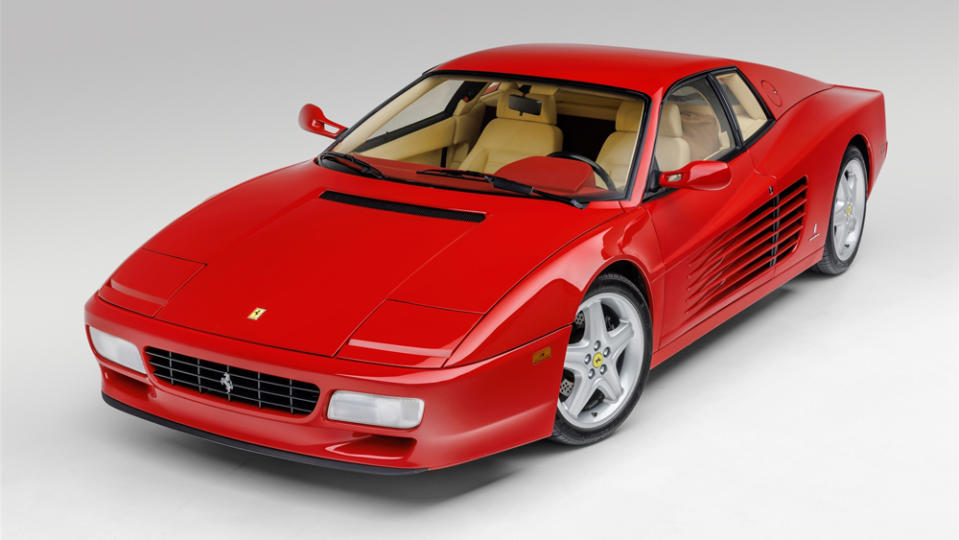
Part of the range that’s growing in popularity are cars from the 1990s, what are you noticing with this trend?
Once people have a little bit of income, they go back to what they thought was cool when they were younger. So there’s a coming-of-age for these vehicles. I was in high school in the 1990s, and there were things that I could not attain because I was working at a department store. A brand-new Toyota pickup truck from the ‘90s is appealing to me, and so that’s why I have one of those now.
Also, cars from the late 1980s and into the ‘90s became a lot more useable than before—the air conditioning works, the radio has more than one speaker, there are power windows and more modern brakes. You can try to convince someone to drive a 1971 Camaro every day, but most don’t want to do that. Then there’s the lack of depreciation. Say you go out and buy a perfect [Nissan] Pathfinder from that time; the depreciation on it now is effectively zero. You can sell it in five years for the same amount or maybe more.
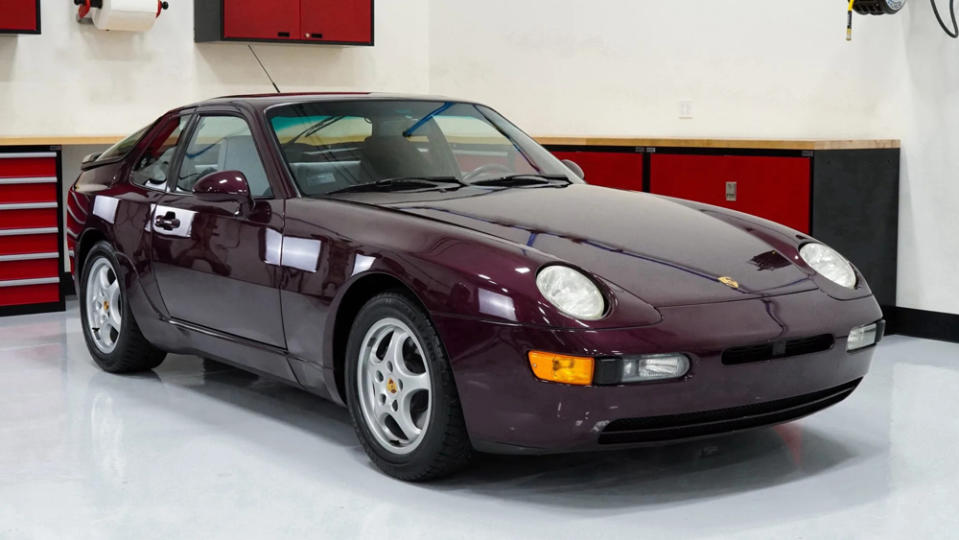
What models seem to be most coveted from that period?
It’s a really wide appeal, but there are certain spikes around popular models, from Porsches to Mustangs to even Jeep Wranglers. There are hot spots of interest for enthusiast models that were seen on TV or were viewed as expensive—supercars like the Magnum P.I. Ferrari, for example. One that comes to mind is the Porsche 968, unusual at the time as it wasn’t a 911. The value of it now is pretty remarkable. Of course, Japanese cars really came into their own in the 1980s and ‘90s, and the Integra R is a huge bright spot.
I’ve also been telling the narrative lately about trucks like the Bronco and Blazer. Most have been messed with, but if you find very clean ones from that era, there’s a ton of demand. It’s not uncommon for people to spend $50,000 on a period Bronco that, back in the day, had an MSRP of maybe $20,000.
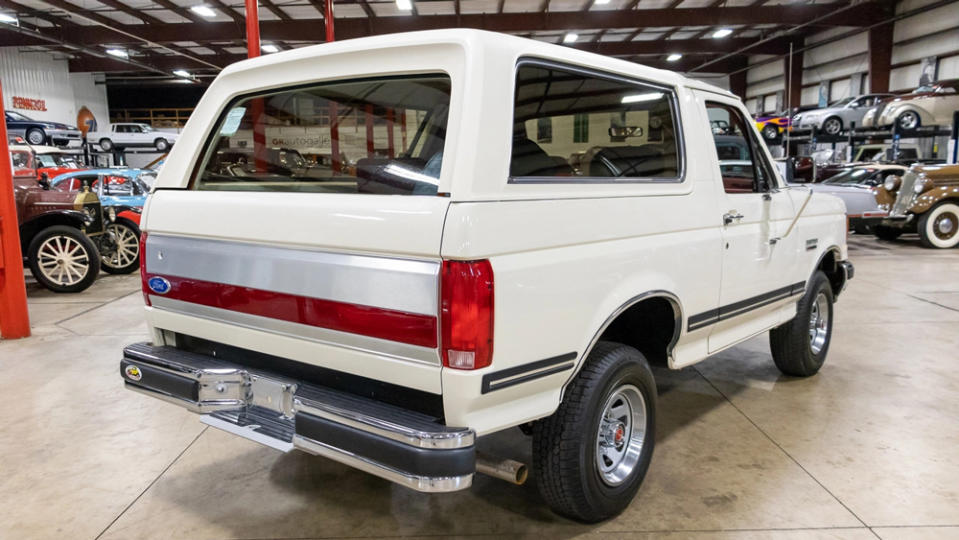
Which of the 1990s vehicles do you see as the best long-term investments?
The general answer to that question, independent of models, is very low-mile and original examples of, really, anything. You could have a Honda Accord five-speed LX with 14,000 original miles and original paint and it will fetch three times what it was when new—it’s just crazy.
If you want to put your money in a car rather than the stock market, then it’s the likes of the Ferrari 512 TR or the Lamborghini Diablo. The Diablo is actually underpriced right now, selling for $250,000 to $300,000, whereas the 1980s Lamborghini Countach has shot up to $700,000 to $1 million. But you can also filter that all the way down to a Mustang Cobra or Cobra R from 1993 or ’94, those cars are wanted because they were on the covers of magazines. There are a few tiers: the models that were nowhere near the car magazines; the cars that were in the ads in the magazines and then the cars that were on the covers.
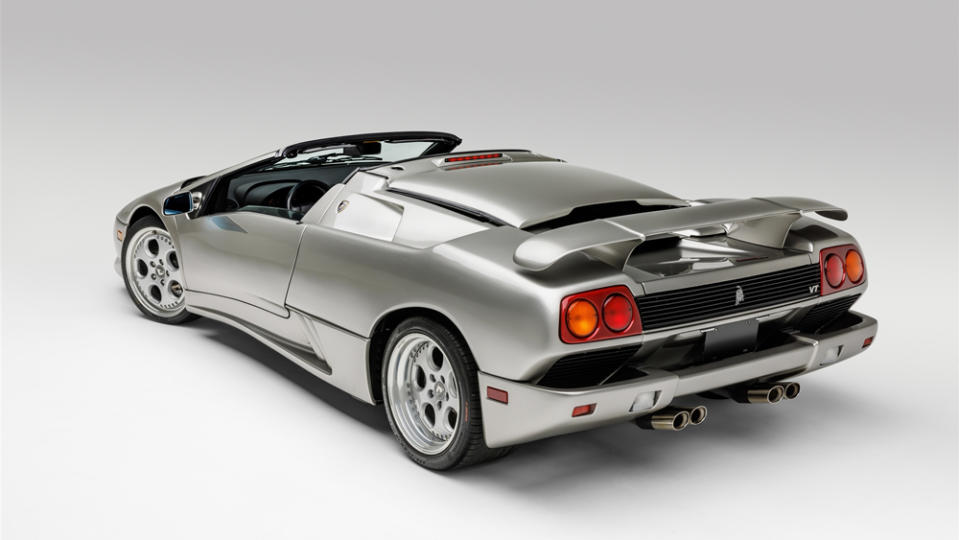
With the return of in-person auctions, does Bring a Trailer need to make any adjustments?
There are a lot of options for sellers in the marketplace. I think a lot of people attributed online success to the pandemic, but it actually turns out that many who experienced how the online transaction works during the pandemic are now convinced. There’s much more adoption and adoration for the model now.
The big tent auctions—which only disappeared for a six-month to eight-month period—are ramping up their schedules, but it doesn’t change the fact that there’s a long line of folks waiting to use the online transactional model. Largely, that’s because the fees are so compellingly small. Shipping has gotten so expensive. Shipping your car to, say, Monterey, then missing reserve and shipping it back home is daunting now, so we don’t see the return of the physical auctions as impacting our business at all.
Best of Robb Report
The Chevy C8 Corvette: Everything We Know About the Powerful Mid-Engine Beast
The 15 Best Travel Trailers for Every Kind of Road-Trip Adventure
Sign up for Robb Report's Newsletter. For the latest news, follow us on Facebook, Twitter, and Instagram.

